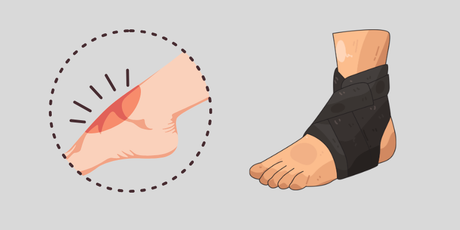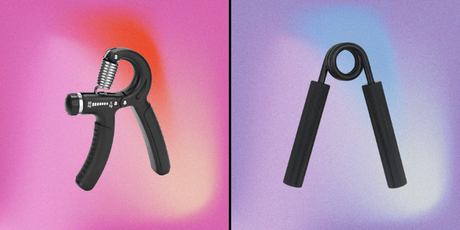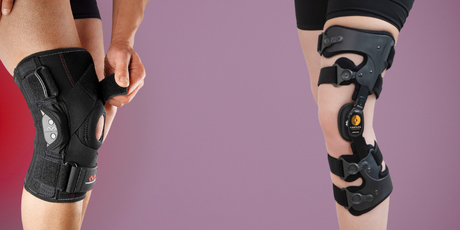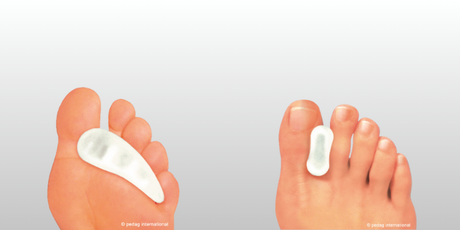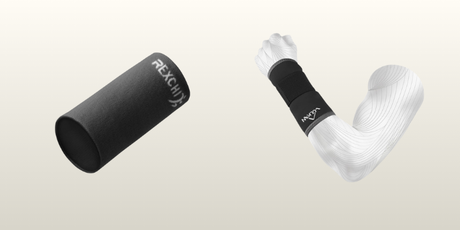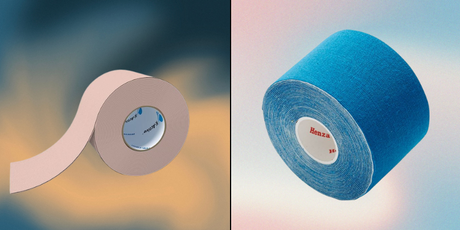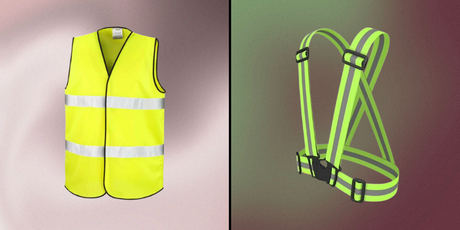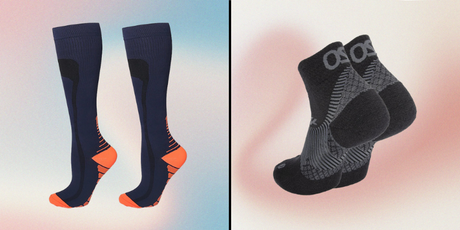Dislocated kneecap (patellar luxation)
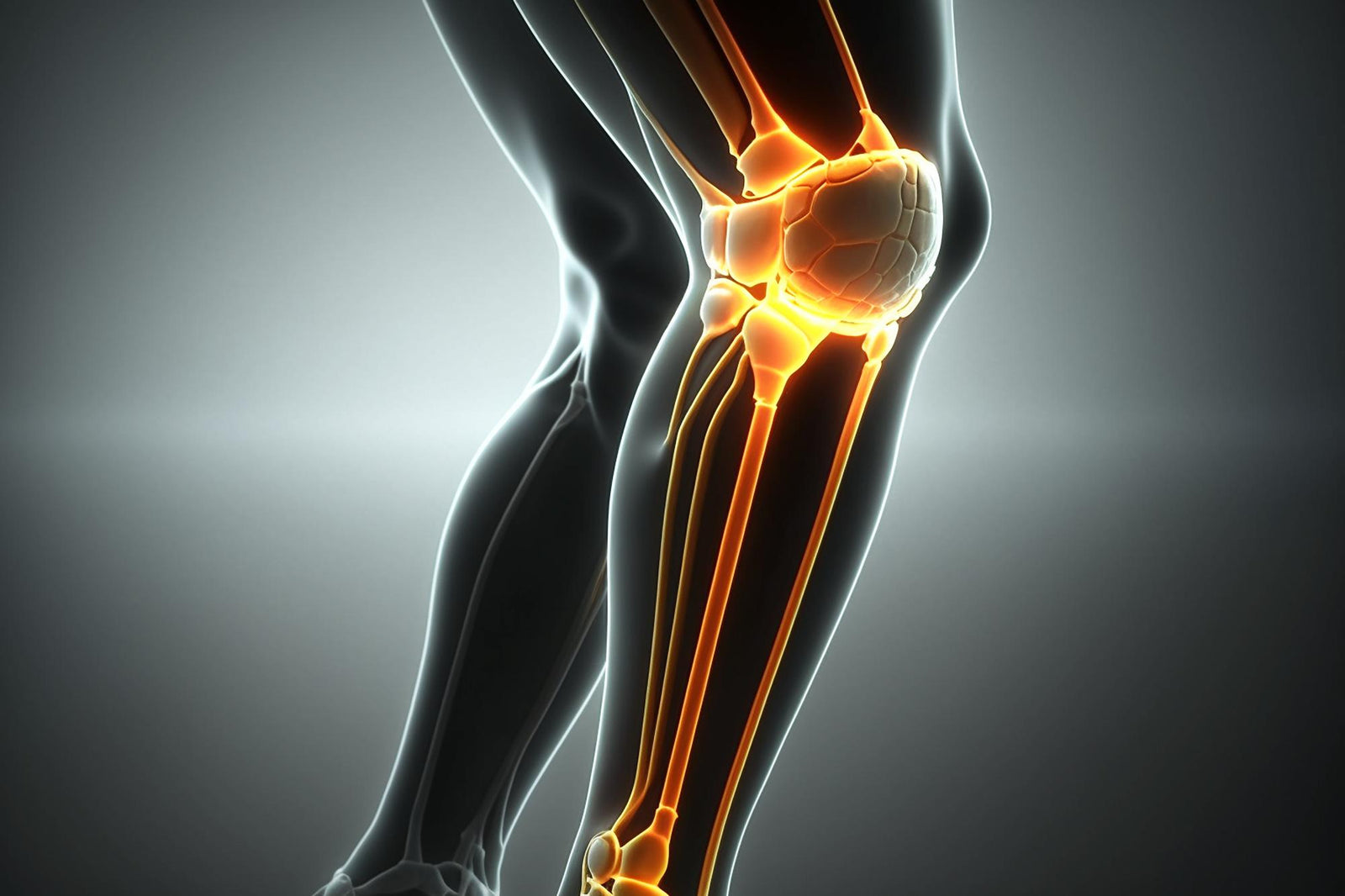
The most unfortunate thing about this type of injury is that it often comes back. In other words, once the kneecap has been dislocated, it is much more likely to happen again. It is therefore important to train your knee after a patellar dislocation. This is best done in consultation with a physiotherapist who can develop exercises that strengthen the muscles in the knee. Strengthened muscles provide greater stability in the knee, which also means that there is less chance of the kneecap dislocating again.
To further strengthen a knee where the kneecap has previously dislocated, it may be a good idea to purchase a really good knee brace. The knee brace provides increased stability to a weakened knee and at the same time relieves the injured joint. It also helps to keep the kneecap in place while reducing the pain and discomfort that can follow a patellar dislocation.



